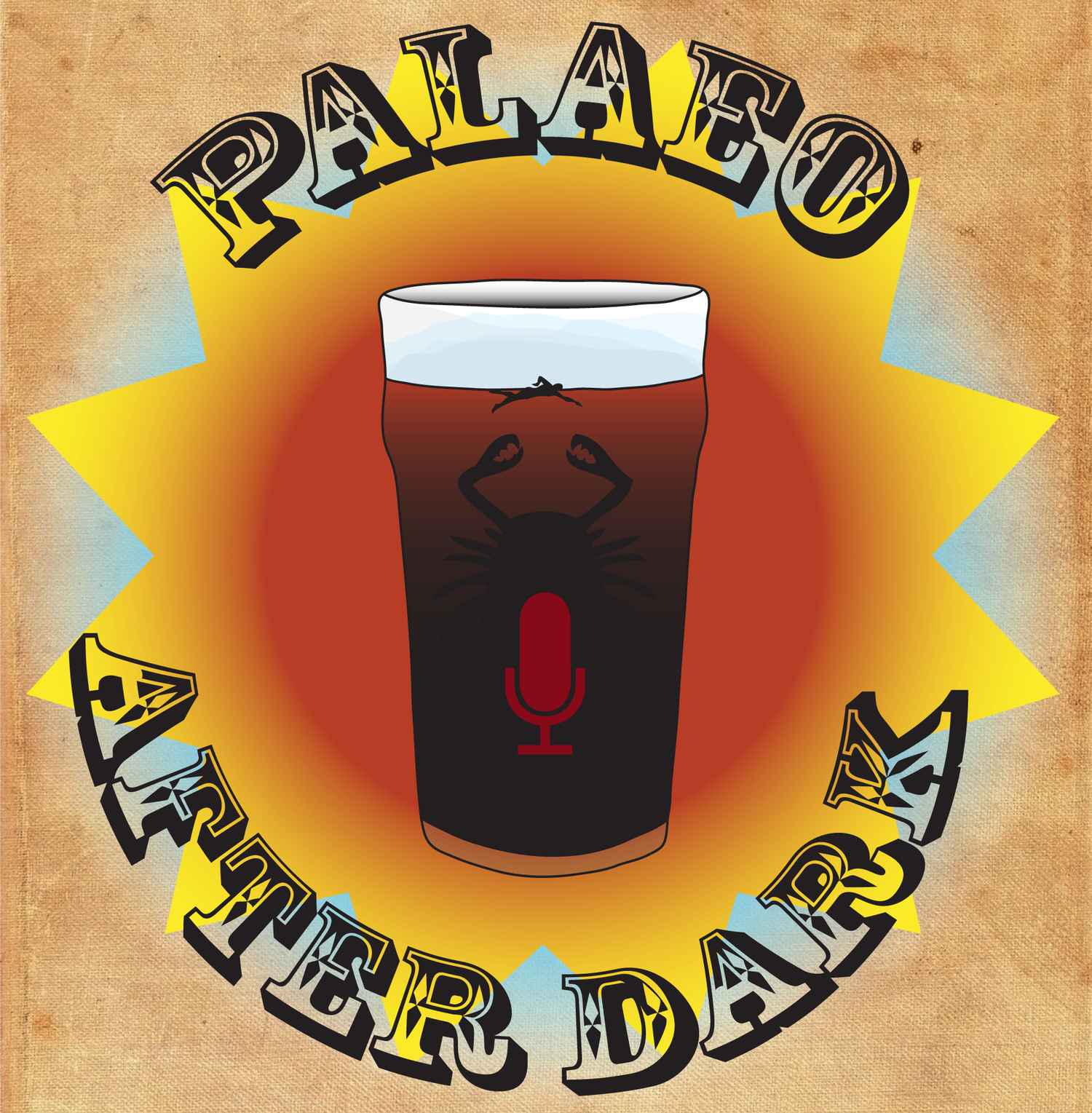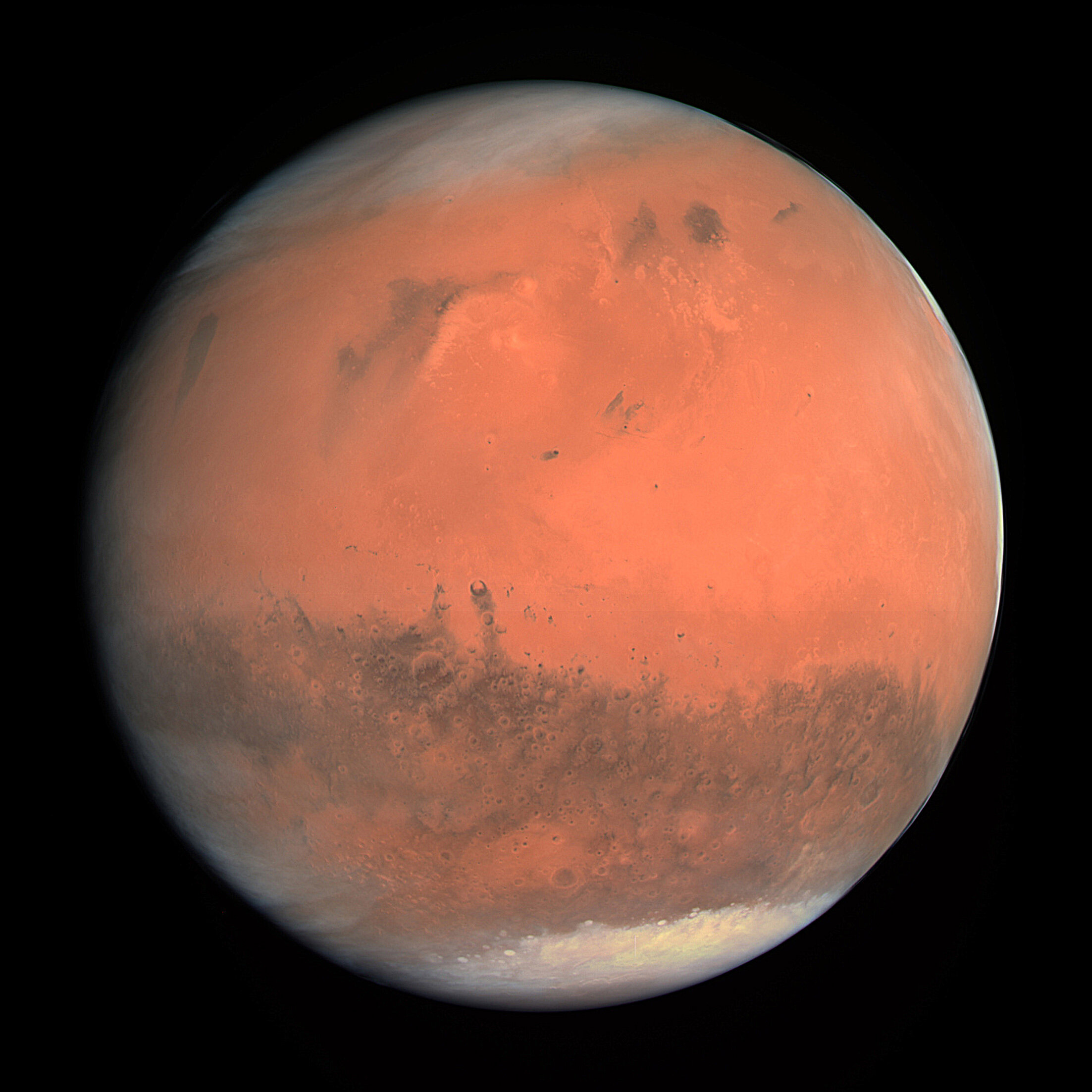Podcast 212 - Ruining T-Rex
/The gang discusses two papers that talk about T-Rex, and also the interesting way that these papers were discussed in popular culture. The first paper looks at the walking speed of T-Rex, and the second paper estimates how many T-Rex could have lived on Earth at any given time. Meanwhile, James is so very tired, Amanda loves soap, and Curt picks the worst transitions.
Up-Goer Five (Curt Edition):
The friends talk about a big angry animal that a lot of people know about. The first paper looks at how quickly that big angry animal could walk. Most animals with four legs / arms all walk about as fast as each other, even if the animals are big or small. Early work had made it seem that the big angry animal may have walked faster than the animals today. These early papers were looking at the foot falls of these big angry animals. This new paper looks at the big long part that comes off the end of these angry animals. The paper says that these big angry animals walked about as fast as any animal today even though they were big and angry and walked in a funny way.
The second paper tries to use the parts of these big angry animals that have turned into rocks to try and figure out how many of these big angry animals may have been living at any given time. It looks at how many animals we see around today to do this, and sees that the number of animals may be controlled by how much food the animals need to keep eating. Some animals burn a lot of food which means there can not be as many of them in an area. This means you can use how much food an animal burns to try and figure out how many animals could have been living in an area at any time. So they use this and some other numbers to try and figure out how many of these big animals were around in the past. This also allows them to figure out how many of the big angry animals may have been covered in ground and have their parts turned to rocks and how many were not.
References:
Marshall, Charles R., et al. "Absolute abundance and preservation rate of Tyrannosaurus rex." Science 372.6539 (2021): 284-287.
van Bijlert, Pasha A., AJ ‘Knoek van Soest, and Anne S. Schulp. "Natural Frequency Method: estimating the preferred walking speed of Tyrannosaurus rex based on tail natural frequency." Royal Society Open Science 8.4 (2021): 201441.













